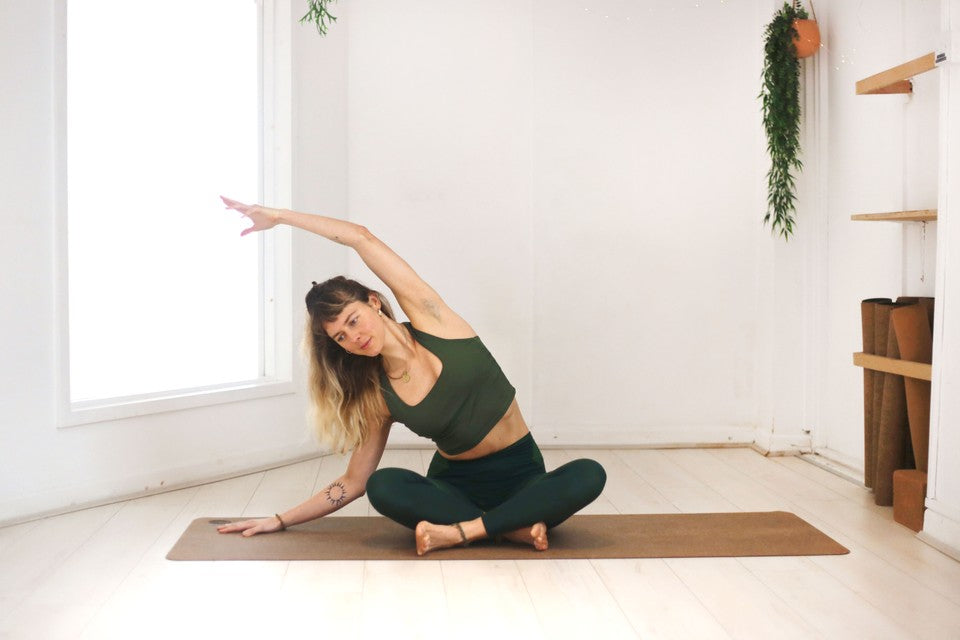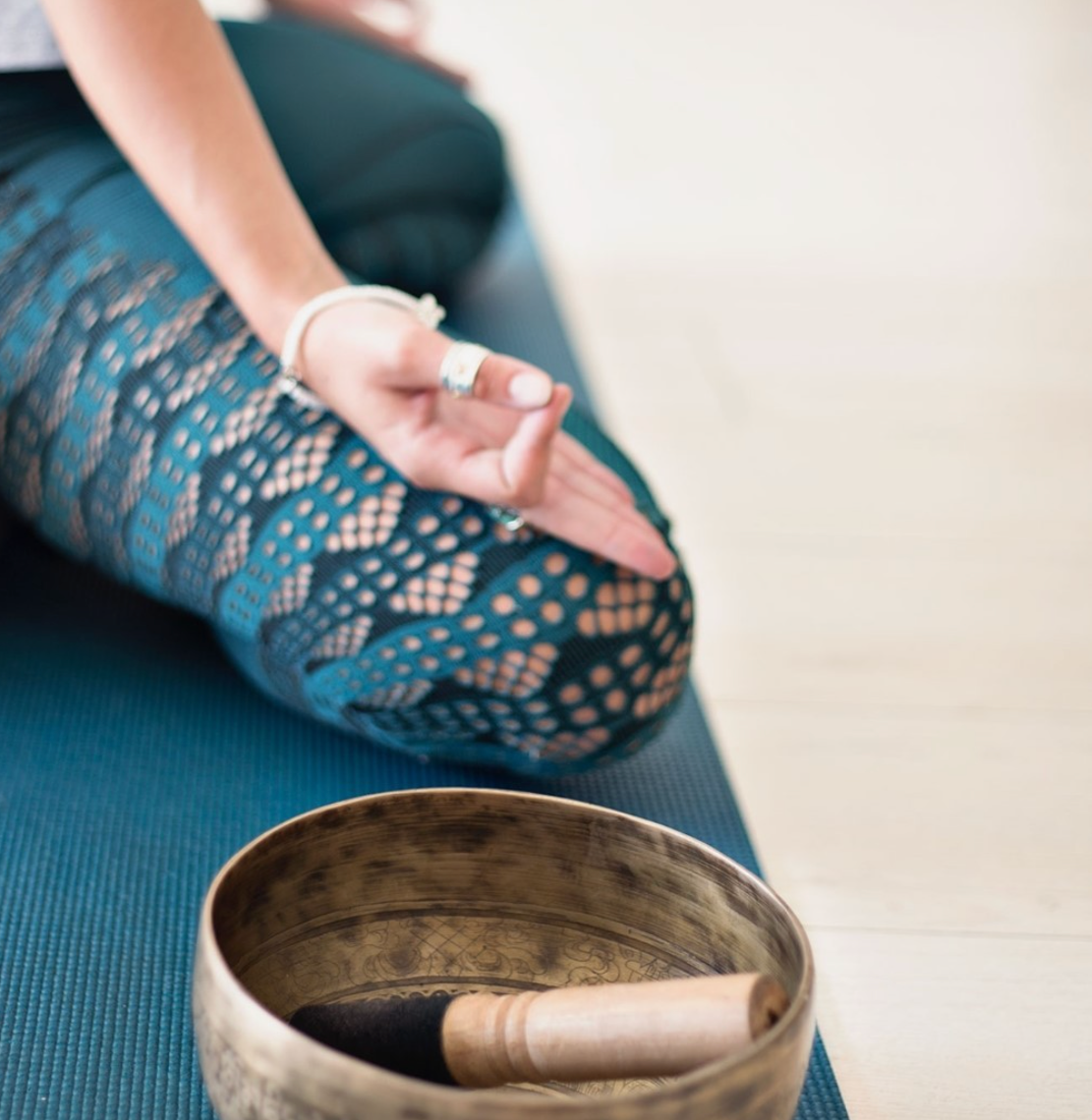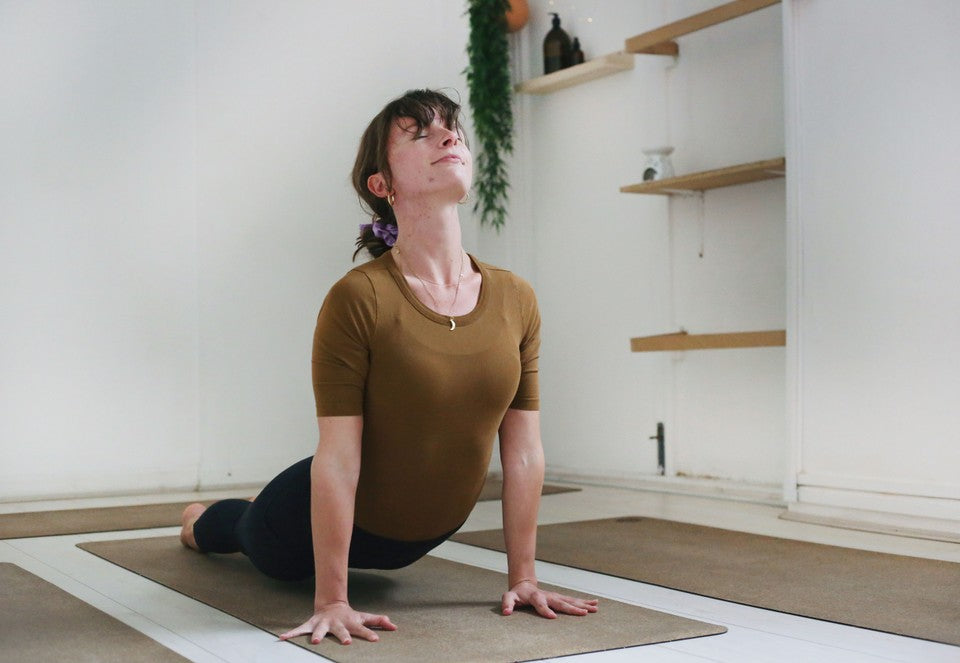Healing Through Yoga: An eating disorder journey
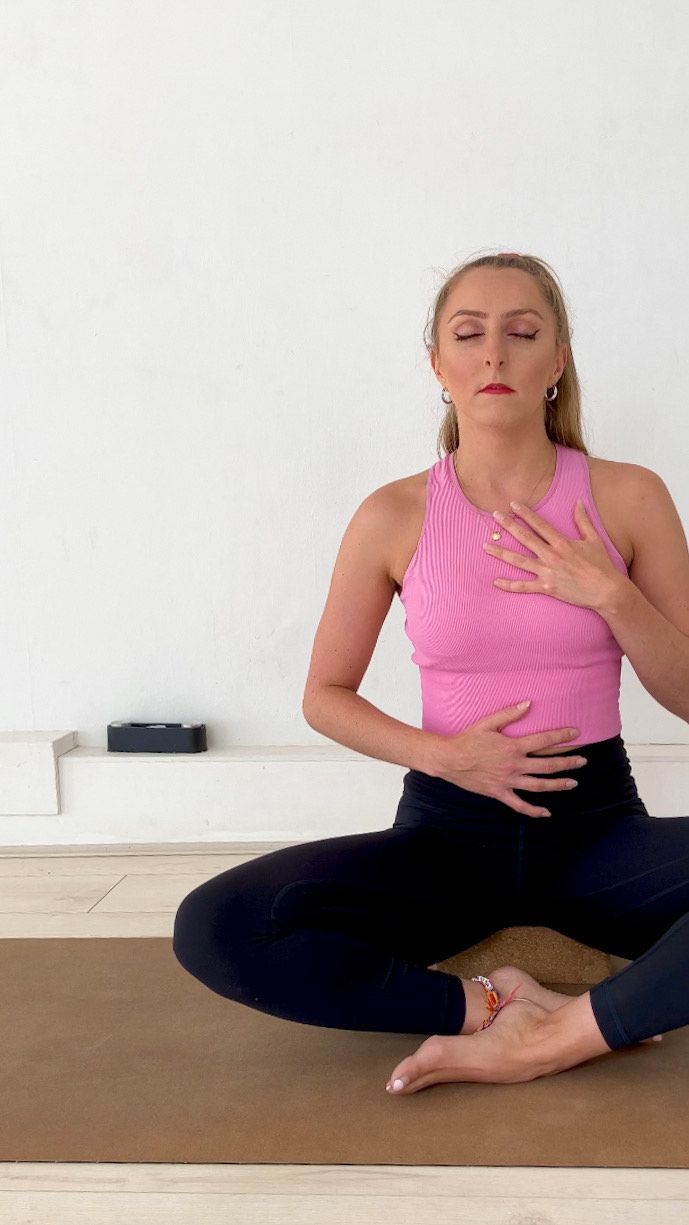
Written by Emily Tatford.
I’m so grateful to have been asked by Trika to write this blog entry, sharing my perspective and experience of yoga in helping me gradually recover. It is so important for me to recount my progress and also Trika has truly become a safe haven or ‘home-base’ for me since moving to Bristol last year.
My name’s Emily and I have been suffering from various eating disorders since I was 8 (although who really knows when it actually started) and I’ve been going to yoga classes on an off for the past decade. Within the last few years my relationship with yoga has been transformed for the better, and it as been a key element in my recovery and now in my slow journey to body neutrality. I’m also a daughter, sister, girlfriend, painter, empath, dog-lover and more which I’d lost connection with, thinking I was just a body.
My story
I’ve suffered from Bulimia, Binge Eating Disorder, Anorexia, Exercise Addiction and a mixture of one, two or three of these over the last 22 years. My story is a long one, but in short, I hid my disorders behind perfectionism and high achieving as a child which was praised, and as an adult I painted an ‘instagram perfect’ life, working in Fashion, looking happy, but desperately lonely and broken.
There was a complete disconnect between my projected self and internal being, since before I can remember.
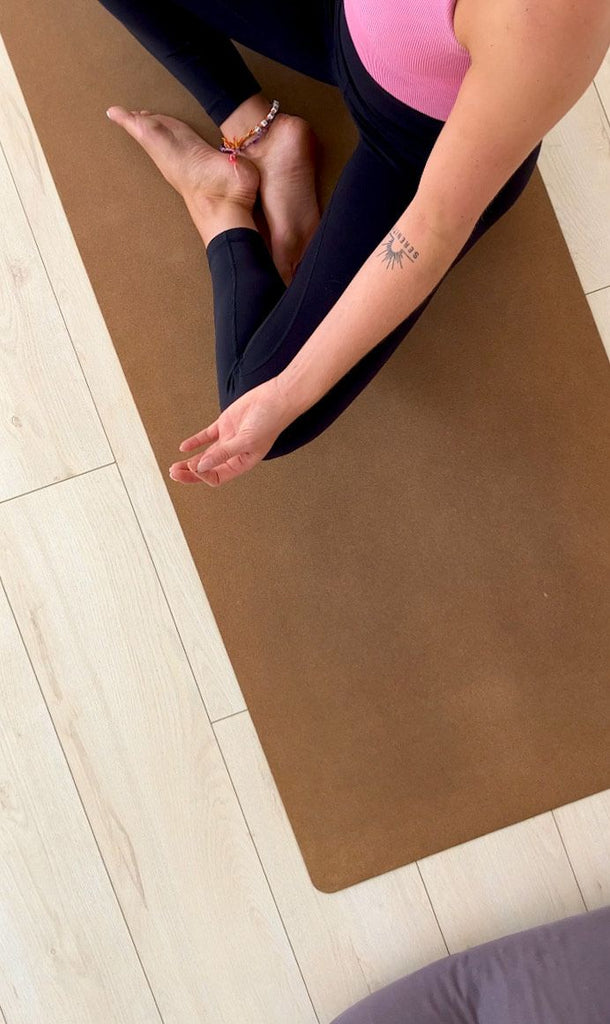
For years I spent my mornings and evenings obsessively running, working out at the gym, dance classes, Vinyasa or hot yoga and my days were spent mentally counting calories, logging in apps, staring in the mirror in despair and avoiding ‘fear foods’. Managing this around school, university and work. Often I’d end up exhausted and binge eating these fear foods compulsively to my own shame and disgust, once my body hit a wall of malnutrition and my primitive brain took over and would force myself to work out more to ‘make up for it’.
There were times when I was obviously anorexic to the eye (as in, societies idea of what an anorexic looks like), and times when I looked “healthy”, which is why my ED went so hidden for so long. The fluctuation in my body led to me not quite managing to get help via the NHS from when I begged for help, at 18, up until writing this blog at 30, which is a story for another day. If my BMI was deemed ‘healthy’ or even ‘just-a -little-underweight’ (eye roll emoji), I was therefore deemed recovered, despite being very far from that.
*DISCLAIMER: Before we continue, eating disorders are NOTHING to do with size, you can be anorexic or a binge eater at ANY weight. Glossy magazines/websites, drama documentaries, and scarily, most healthcare systems perpetuate this idea that you have to be in an extreme before you can receive a diagnosis of these illnesses, but there’s a huge middle ground where the majority of sufferers exist*
The road to recovery
In 2021, after another bad relapse, I was unbelievably grateful (and privileged) to have received an opportunity to access private support, which unlocked help that was not dependent on my body size, which unfortunately so few get access to. I was very malnourished and mentally obsessed, and had hit rock bottom. Within these care settings I received a diagnosis of Complex-PTSD which is massively interlinked with my ED and underlies it in many ways.
I was admitted into inpatient, followed by daycare hospitals and in these facilities I was exposed to Yoga Therapy, which has been a crucial part of my recovery so far.
Many ED sufferers experience a disconnect from their bodies. I was one of these...
...both in physicality (in how I somatically experienced my body) and mentally, holding trauma memories in my body, which were too painful for my brain to process their origins. I HATED my body and wanted to be anything but actively in it. I thought of it as an object, for the use of others and the vehicle for me to get my internalised anger out, by abusing it. Heartbreakingly I thought that thinness kept me safe and if I wasn’t attractive to others, I wasn’t valuable in the world.

Yoga and eating disorder recovery
Speaking from my perspective, introducing a gentle trauma informed yoga practice, where the goal wasn’t to burn fat, blew. my. mind. Many of us patients dreaded the yoga groups at first, as they were slow and were so different to the punishing movement many of us were used to. Focusing on breath was difficult to reach and even touching our bodies would evoke shame and grief.
Our Yoga Therapist, was amazing. We had group sessions with 3 or 4 others, mixing somatic moment with classical yoga poses, gentle pranayama and learnt yoga philosophy to help contextualise the spiritual pain we were going through, by being disconnected, and the beauty that reconnection between the breath, body and mind can bring.
The qualities of this teacher student relationship, that were beneficial to me, included her ability to read the room and personalise the class, as some people may be in freeze state and need energising to move back to rest and others may be tired and need gentle movement, people would be at different nervous system states, particularly in these intensive 24/7 settings.
Everything that was brought to a session, was an option - this was reiterated throughout and was encouraged routinely. As a perfectionist and I found actually doing this, listening to what I needed, being the expert of my body, transformational for me. It allowed me to stop and sit up and ground as I had a flashback, and I released the imprint of fear that I’d be punished for not being perfect/hyper-attentive. It was also amazing to not feel expected to endure and hide the pain, or squash it down; which I had been doing all my life, which helped me feel safety, exactly as I was in that moment. I didn’t know this feeling existed.
We would be seen, listened to and unconditionally accepted - this was so important, as a trauma survivor, I spend a lot of time in disconnection or hyper vigilance, people pleasing and wearing a mask, pretending to be what I thought others wanted from me, not my own needs.
I can’t really overstate the power of this, which was all communicated through movement and embodiment unlike most other therapeutic modalities.
What I learned
In hindsight, I can see a gentle unfolding in the year I spent doing this yoga therapy alongside other therapies, which went something like this;
- Anger/Rejection: Not wanting to relax, listen and rejecting anything nourishing for myself, thinking I was “too far gone” for Yoga to help me. Realising that yoga was more than just exercise and not wanting to engage with it if this was the case.
- Engaging/Listening: Beginning to absorb information and experience small amounts of feeling cautiously. Feeling the benefits in my body and nervous system state after a group.
- Observing: Seeing my needs, and hearing my needs. This is something that is in constant flux but gradually building.
- Experiencing: Listening to my needs and acting on them. Becoming aware of points that I hold painful memories and if I’m able to, allowing myself to gently be in them and process.
- Release: Letting some pain go, and accepting others. Moving towards Santosha.
I left the treatment centre feeling reverence to yoga and amazement that the simple act of breathing and experiencing the breath can bring me home to my body.
‘Home’ is still difficult to be in sometimes, and I still fluctuate between being present and connected and being trapped in disordered thinking. But the difference is now, I have a practice that is safe, and can be done anywhere and I’m so grateful that Yoga Therapy taught me this.

I’m so grateful to the classes at Trika that help me come home to this feeling and let my mind and body connect, and the teachers that have held me and so many others in a safe space in class.
Thank you so much Emily for writing and sharing such a raw and moving post. We admire your bravery so much 💗
A note: yoga therapy is a mode of yoga teaching in a therapeutic setting, carried out by specialists in the field. The classes we offer at Trika Yoga are distinct from yoga in a therapy setting, and may be used as a support, not a replacement, for any formal therapies you may be receiving currently or have received in the past.
